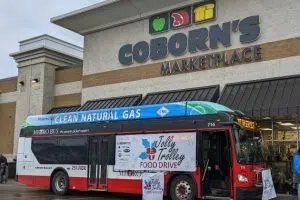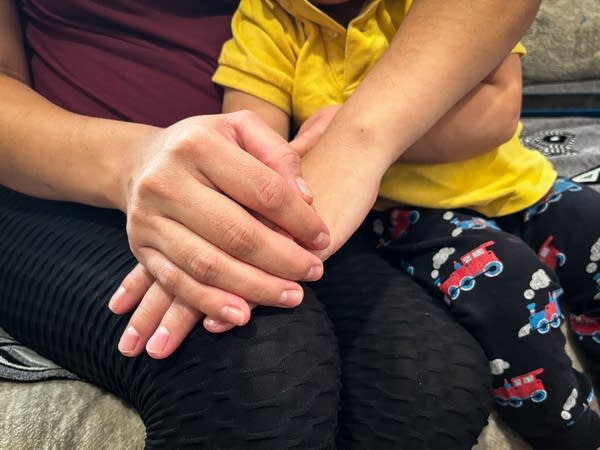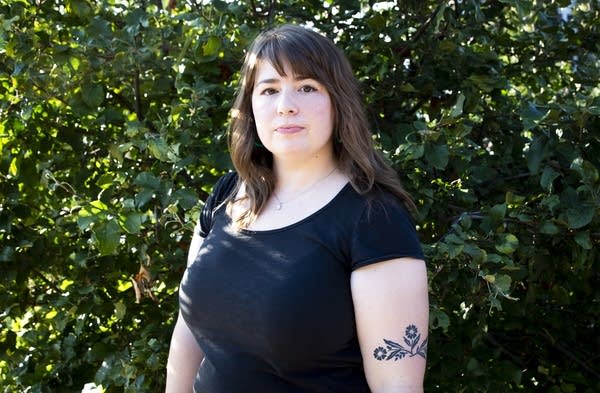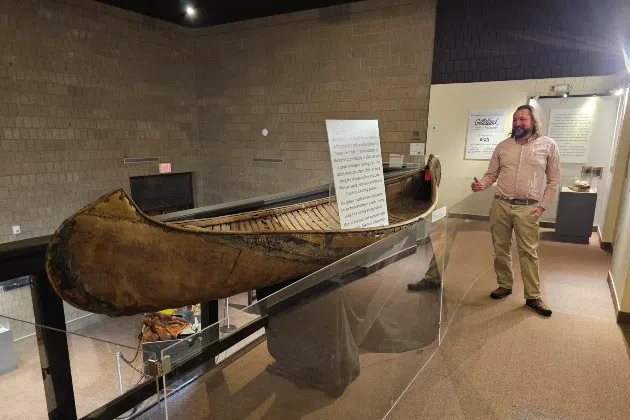(KNSI) – St. Cloud area residents can get a glimpse into the lives of Minnesota’s first inhabitants over the next three weekends.
The Stearns History Museum, Sherburne History Center and Benton County Historical Society have teamed up to present the 2025 Exploring Central Minnesota: American Indian People, History, & Culture. All three Saturday presentations in the series start at 10:30 a.m. and are free to attend.
They begin February 1st, with a one-hour presentation at the SHC in Becker. Park Director Gina Hugo will give a presentation on the new Two Inlets at Bdé Heḣáka – Omashkooz Zaaga’igaans Regional Park. The Native American names are the combined Dakota and Ojibwe words for Elk Lake. The park is located on the north end of the lake and has been under construction since 2022. Sherburne County partnered with the Upper and Lower Sioux Indian Communities and the Mille Lacs Band to help develop the site by preserving the cultural resources, which are located in the park.
The second part of the series is on February 8th at the Stearns History Museum in St. Cloud and will focus on the legacy of Indian boarding schools. College of Saint Benedict/Saint John’s University Director for Native Nation Relations, Ted Gordon, will be joined by two students, Macy Ellis and Meg Nelson. Gordon explained to KNSI News the existence of these schools is largely a mystery. “This is national history, and it’s local history. We have to start out with the basics, understanding that most members of the public never had an opportunity to learn about Native American boarding schools. It’s really only within the last few years that the federal government even acknowledged their existence.”
Two of the 21 boarding schools in Minnesota were operated locally. The Sisters of St. Benedict in St. Joseph started running a school for girls in 1884, and in 1885, the St. John’s Industrial School for boys in Collegeville began taking children. Gordon explained to KNSI News what the federal government was trying to do by opening the schools. “This was an attempt to separate native children from their parents. The goal of the government was that there would be a future where no one would identify as native, that they would be able to break the transmission of identity and culture from one generation to another.”
Many of the nearly 500 schools nationwide were in operation until the 1970s.
The last session is on February 15th at the Benton County Historical Society in Sauk Rapids. Dakota member Justus Probst will discuss place names and how they connect to the indigenous people.
Find out more by clicking here.
___
Copyright 2025 Leighton Media. All rights reserved. This material may not be broadcast, published, redistributed, or rewritten, in any way without consent.










